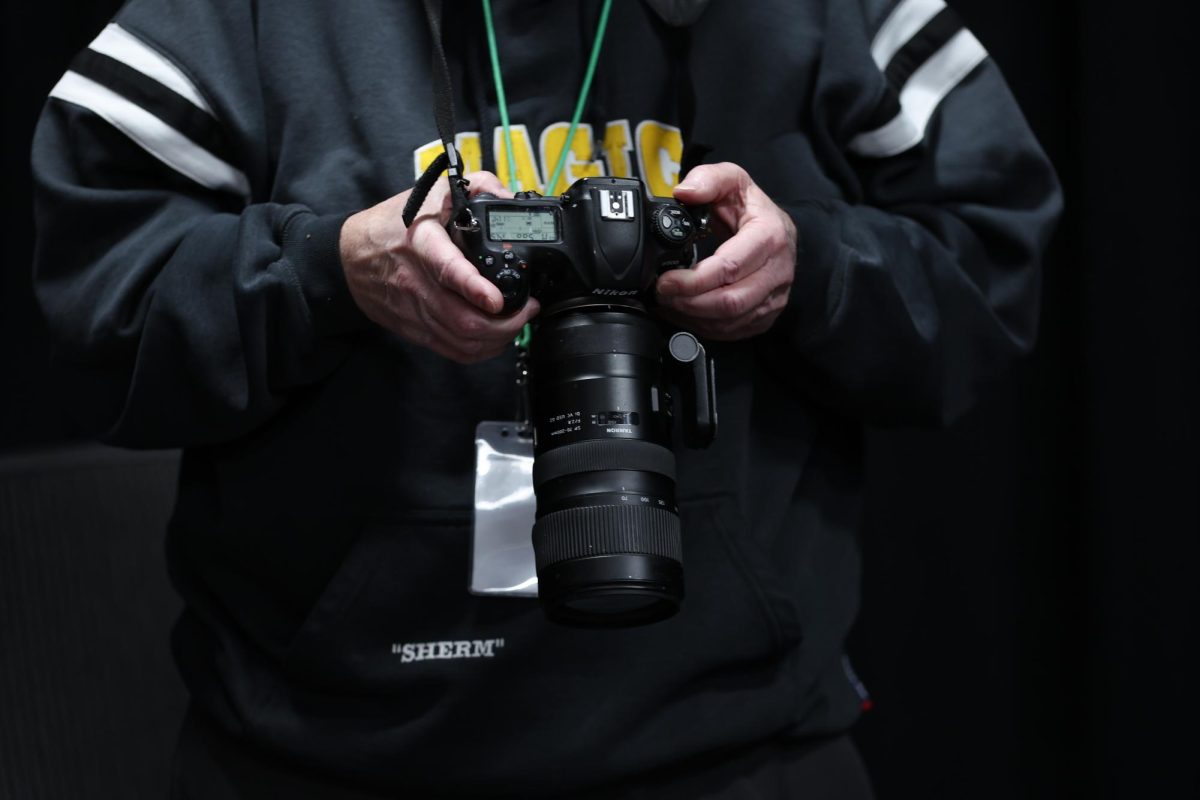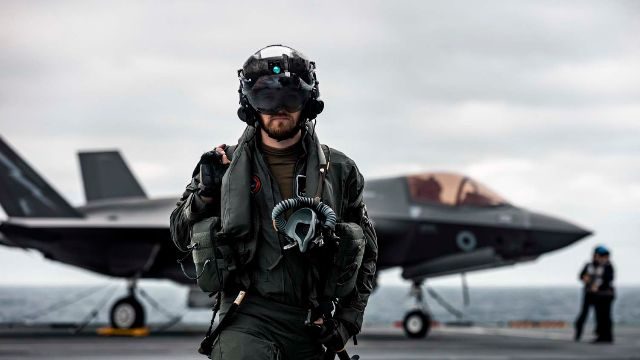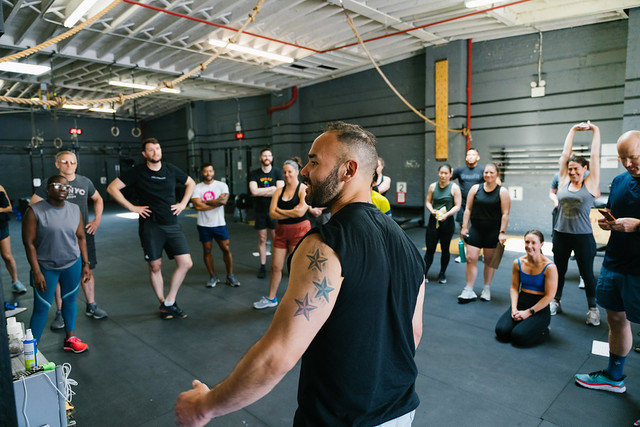PHOTOGRAPHY INGREDIENTS
Photography is often described as the art of capturing moments in time, and for good reason. From the earliest snapshots to the most sophisticated lens manipulation, photography has evolved from a niche hobby into a widely celebrated and essential medium of communication, storytelling, and art. But beneath the shiny surface of beautiful images lies a world of hard work, creativity, and technical skill. This article delves into the life of a photographer—exploring their work, the challenges they face, and their impact on our perception of the world.
In the beginning, photography was a complex and time-consuming process. Early photographers had to use large, bulky equipment and take long exposures, often lasting hours. The invention of more accessible film technology, especially by pioneers like George Eastman (founder of Kodak), democratized photography. It has gone from being the domain of professionals to something that anyone with a camera can do.
In the 20th century, photography continued to evolve with the advent of color film, digital cameras, and the ability to edit images through software like Adobe Photoshop. Today, with the proliferation of smartphones equipped with powerful cameras, photography is one of the most popular art forms in the world.
At its core, a photographer’s job is to take pictures that convey a message, whether through documentary, storytelling, or art. But the role of a photographer is much more complex than simply pointing a camera and pressing a button.
Technical Expertise Photography is a balance of artistry and technicality. Photographers need to understand how their camera works—familiarity with exposure, shutter speed, aperture, and ISO is essential. They must be comfortable manipulating these settings to achieve a specific effect or overcome environmental challenges such as lighting conditions or movement. 
Modern digital cameras come with automatic settings that can do much of the heavy lifting for the photographer. However, many professional photographers still prefer to shoot in manual mode to retain full control over their images.
Artistic Vision In addition to their technical knowledge, photographers are artists. They have a unique perspective and a keen eye for composition, color, and light. Whether capturing the rawness of human emotion or the quiet beauty of a landscape, photographers must decide how to frame a subject and what details to emphasize. The results can often transcend a simple image, evoking emotion or telling a story that words cannot.
The importance of composition—such as the rule of thirds, leading lines, or symmetry—cannot be overstated. A skilled photographer knows how to use these elements to guide the viewer’s eye, create balance, and make the photo more visually appealing.
Creativity and Innovation Photography, especially in the age of social media, is highly competitive. To stand out, photographers need to think outside the box and experiment with new techniques, perspectives, and ideas. Many photographers push the boundaries of what is typically expected by using unconventional lenses, lighting, and post-production techniques. They may also delve into specialized areas of photography such as macro photography, underwater photography, or long exposure techniques.
Post-processing—editing and enhancing photos—has become an important part of the modern photography workflow. With programs like Photoshop, Lightroom, and Capture One, photographers can adjust color balance, remove blemishes, and edit images to match their artistic vision. For many photographers, editing is just as important as the shooting process, as it allows them to refine their images and bring their ideas to life.
Photojournalism Photojournalism is the art of telling stories about current events through photographs. Photojournalists are often on the front lines of breaking news, photographing political protests, natural disasters, or conflict zones. The goal is to inform the public and provide visual representations of important events, often in a way that draws attention to social or political issues.
Commercial and Product Photography Commercial photographers specialize in taking photos for business purposes, such as advertising or product catalogs. This type of photography often requires meticulous attention to detail, as the goal is to make the product look as attractive and appealing as possible. Many product photographers work in a studio, using controlled lighting to highlight the texture and features of the subject.
Photography has had a profound impact on society, both in its role in recording history and in its ability to influence public opinion. Some of the most iconic photographs in history—such as the image of a soldier raising the American flag at Iwo Jima or the haunting image of a child fleeing a napalm attack in Vietnam—have become symbols of global struggles and human resilience.
In the age of social media, photography has taken on an even more important role. Platforms like Instagram, Facebook, and Twitter have made visual content more accessible than ever, allowing people to share their experiences and connect with others through photos. Whether it’s travel photos or snapshots of everyday life, images have become a common language in the digital age.
However, photography can also be a tool for manipulation. The rise of photo editing software has led to concerns about the authenticity of photographs. In advertising, fashion, and social media, the manipulation of images to create unrealistic beauty standards has raised questions about the ethical responsibilities of photographers and media.
SOURCE OF PHOTOGRAPHY 
Photography is not just about holding a device and taking a random photo. Photography is also a field of art, where people with sharp minds can see ordinary objects/artifacts become unique through many different perspectives. Photography is not just about taking pictures as many people think today, but the process of creating a photo also depends on the perspective, creativity, thinking, and perseverance of the photographer themself.
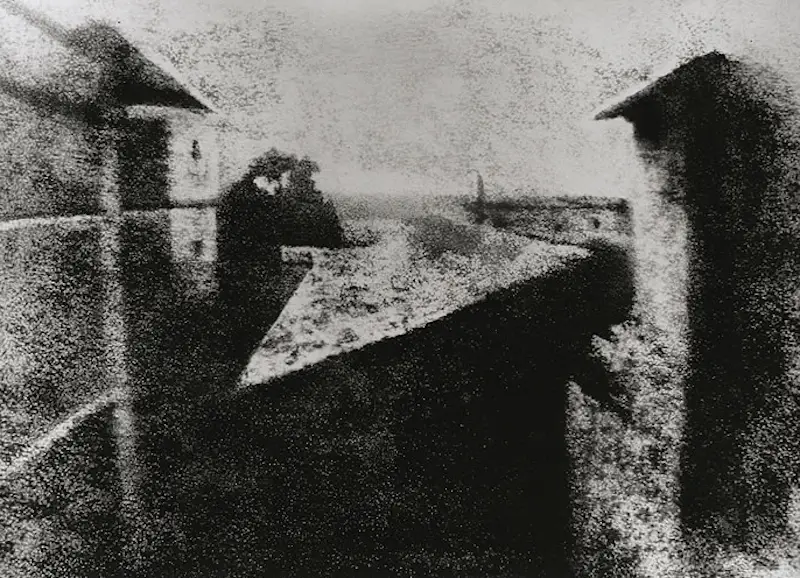
Nicéphore Niépce developed heliography, a technique he used to create the world’s oldest surviving products of a photographic process. In the mid-1820s, he used a primitive camera to produce the oldest surviving photograph of a real-world scene.
Niépce’s heliography, a forerunner to photography, involved coating a pewter plate with light-sensitive bitumen, exposing it to a camera obscura, and then developing the image with oil of lavender. Light-Sensitive Coating, Niépce used bitumen of Judea (a naturally occurring asphalt) as a light-sensitive coating on a polished pewter plate. Camera Obscura Exposure, he placed the coated plate in a camera obscura (a light-tight box with a small hole) and exposed it to sunlight. The light-sensitive bitumen hardened in proportion to the amount of light it received. After exposure, the plate was washed with a mixture of oil of lavender and white petroleum, which dissolved the unhardened (unexposed) bitumen. The hardened bitumen, where light had struck, remained on the plate, creating a positive image. This image was of the view from a window of his house. Niépce’s process resulted in “View from the Window at Le Gras,” considered the earliest surviving photograph, created around 1826.
THE GOAT
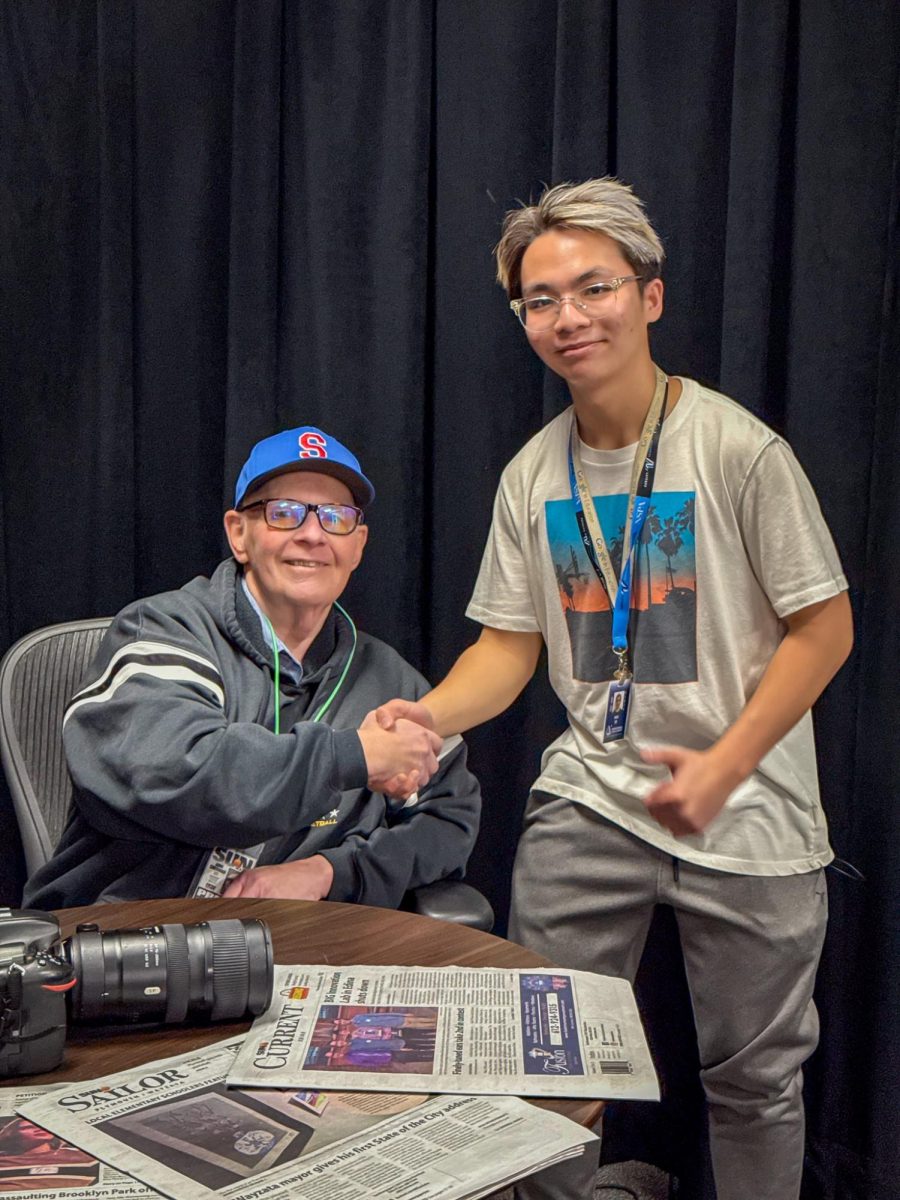
First of all, thank you for coming today and agreeing to do this interview with me and I will ask you approximately 10 questions today.
K: Can you tell me a little bit about yourself?
J: My name is John Sherman, I’m a sports editor of the Sun newspaper.
J: I’ve been with the Sun newspaper for 53 years and this was my first job out of college.
J: I’m an Augsburg college graduate and I was the editor of the student government for Augsburg.
K: That is such a long time, woah that shocked me man.
K: How long have you had joint photography in general?
J: My journey began the first week at the Sun newspaper. I’ve never taken any photos before so I was largely self touch but I got a lot of good endivices from different photographers. A lot of people helped me, especially in my early career.
J: They helped me to know what to look for, to follow the actions and that’s the hardest part in sport photography. To keep up with the action and getting the emotion of sports and heartbreak and the joy. Being able to tell the story not just with the camera but with my sport writing.
K: Man, you are the GOAT (greatest of all time). You literally say it all out and it’s so smooth, I can’t even think like that man. I will move on to the next question.
K: Are there any stories or highlights that stick in your mind during the journey?
J: I was an intern, and at that moment I covered the first girl state track meet and it was down to st.cloud and that was the first big event that I covered.
J: I covered a lot of other big events and I guess one of them is the SUPER BOWL back to the 1970 when the VIKING were actually in the SUPER BOWL. And I covered many state tournaments throughout the years of course. But the way I looked at this is, every week is the new highlight for me.
K: For you, can anyone be a photographer? Also, how can you describe a real photographer?

J: There are 2 types of photos, one is still photos and the other one’s actions. It’s very hard to be an action photographer. This was the hardest part of the job for me. I took portraits at first, but to get the action, getting the fast moments of a sport like track, hockey or soccer takes a lot of practice and a lot of learning. You have to be ready to learn, whether it is the sport, whether it is the probs.
K: Has there been a memorable obstacle or something that has stopped you on this journey?
J: One thing that photographers suffer is not wanting to find different angles, experiences new things to shoot at.
J: I thought to myself, should I go out and try to photograph a potential violence event, people obviously angry when they see me in there and grabbed my camera then throw on the ground if they didn’t like it…

